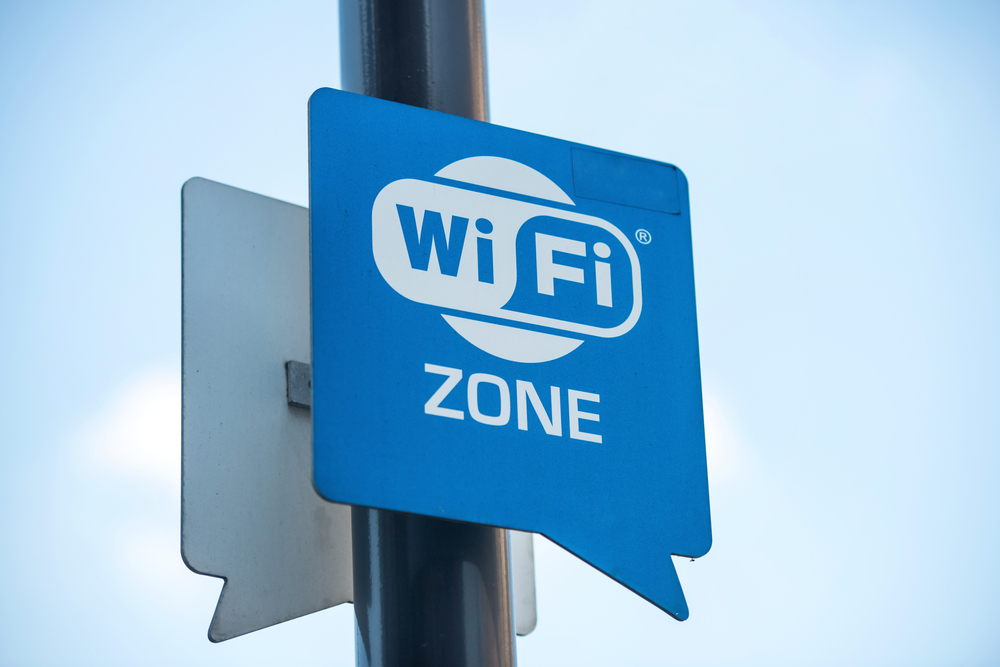Cybersecurity and WiFi: Risks, Cyberattacks and Safe Practices
Over 25% of WiFi networks in the world have virtually no encryption or password protection. This is extremely troublesome because any information transmitted through those WiFi networks can be seen by third parties. Third parties with ill intentions can use this data to steal passwords and commit identity theft to unassuming users. The damage that can be done to businesses is exponentially worse than individual consumers. If an employee of a business conducts work over unsecured WiFi networks, it leaves the business susceptible to infiltration by an external threat. It’s important to educate and implement safe cybersecurity protocols for your business to ensure third parties do not gain access into your business.

What are the risks of using public WiFi?
There are several risks that accompany using public WiFi especially for business purposes. Using a public WiFi connection is dangerous because the connection is usually unencrypted and unsecured. Without encryption, any third party near the WiFi network can intercept and save the user’s data. This can include credit cards, login passwords and email communications. Several kinds of cyberattacks can occur when a user is using a public, unsecured WiFi:
- Man-in-the-Middle attacks (MitM): MtiMs are a form digital eavesdropping. This requires a third party that the user is unaware to read and intercept the users data while they are connected to an unsecure network. This attack can lead to other consequences like stealing browser cookies, email hijacking and IP spoofing
- Malware distribution: Once an attacker gains access to your device over unsecured WiFi, they can add malware to your device without your knowledge. These will lead to security vulnerabilities in your device and the hackers can use that for specific attacks to gain information.
What are some methods you can use to protect yourself and your business?
Using a virtual private network (VPN) is a great alternative to using public WiFi. A VPN provides a safe connection between your device and the internet without the risk of any third parties viewing your data. VPNs allow you to access your work network from home or any other location if you are traveling. In addition to this, it hides your browsing activity, allows you to safely download files and gain anonymity on the internet. For businesses, VPNs are great because you can allow employees to access work files when connected to the business’ network. This prevents any issues that can occur if an employee is working from home or traveling. If using a VPN is too costly, you still need to make sure that you’re not connected to unprotected WiFi when using your device in public.
Some other safe practices to follow when using a public WiFi include:
- Logging out of all sites when you are down browsing
- Making sure the sites you visit have a “HTTPS” in the URL bar
- Making sure your home wifi network is secure
You may also want to read:
What You Need To Know About Cybersecurity